The caste system is associated with Hinduism and it has been governing the Hindu society for ages. The caste system in India consists of two different concepts namely Jati and Varna.
In India only a small percentage of the population who comprise of the educated elites, and numerically insignificant people, desire that the caste system should be abolished. But for a vast majority of the Indian population, especially the Hindus envisaging in a social system, for them survival without a caste is highly impossible. In Indian society, the caste system has a unique role and importance.
Caste is an integral part of them as they identify themselves with it, and they feel their very existence lies within it. There is a segmental division of society in which the individuals were classified into several units known as caste.
Every caste in India has a particular name by which we can identify them. Occasionally, an occupation is also associated with a particular caste and we can easily know the caste of a person with the help of the name of the occupation or profession.
Main Features of the Caste System
- Ascribed status: Based on birth. Once born in a caste he/she has to remain in the same Caste. Status, position prestige is fixed according to his/her caste. The castes are divided into sub-caste. On the basis of birth, people are ranked in relation to other caste groups.
- Endogamy & Exogamy: These are restrictions on marriage. Exogamy and endogamy refer to marriage with someone who is outside or inside one’s immediate social group respectively. Exogamy means marrying outside of one’s specific cultural group. The opposite of exogamy is called endogamy, where a marriage is performed within a social group. Inter-caste marriages are strictly prohibited. Restriction on marriage is the essence of the caste system (However, in urban areas one can notice an increase in inter-caste marriages)
- Social Hierarchy: Brahmin is given high status and position whereas a sudra has an inferior position & prestige.
- Occupational restriction & hereditary occupation: Your occupation is fixed by your birth in a particular caste. A barber son will always be a barber. Few castes are regarded as pure and few are regarded impure based on their occupation. Therefore, pure castes are ranked high and they occupy the top position in the caste hierarchy.
- Economic disparity: The higher caste people are generally economically better off & the lower caste people work harder & generally poor.
- Restrictions on social intercourse: There were severe restrictions on communication between people of different castes.
- Civil and religious disabilities: Restrictions are based on dress, rituals, contact, etc. These restrictions are imposed to maintain the purity of specific caste groups. Lower caste groups are not allowed to access drinking water from the village wells and they are restricted to enter the temples in the village.
- Privileges enjoyed by various sections of the society
- Those who belonged to lower castes are not allowed to participate in religious ceremonies. Only the upper castes are allowed to participate in religious activities.
- There are two types of status in every caste- one is upper and the other is lower. The lower status people are not supposed to marry a person belonging to a higher rank/status.
- Restrictions on food habitats of the members differ from caste to caste i.e. a person will not accept cooked food from the caste which is lower to them. A person who belongs to the upper caste used to believe that he would get polluted if a shadow of the lower caste person falls on him or if he eats cooked food prepared by lower caste people.
Note Even today in some parts of India shadow pollution concept exit.
Functions of the caste system
- The caste system in India provides social security to an individual.
- The social status of an individual was determined by his caste
- Caste plays an important role in the process of socialization by teaching individuals about the culture, traditions, values, and norms of their society.
- The members of each caste carefully protect the status of each caste, not only by their caste laws but also by the conventions.
- The caste system through the Jajmani relation binds the families of various castes into a hereditary and permanent relationship.
- Caste protects individuals from exploitation.
- In the caste system, the political power is given to Kshatriyas and no other caste is allowed to compete with Kshatriyas to have political power
- The caste system guides and directs the individual in his day-to-day activities. Each caste has its own behavior patterns to be followed by all its members in all important matters like dress, diet, speech, ceremonial observances, and rituals at birth, marriage, and death, etc.
- Caste has efficiently organized the Hindu society without giving any chance to class frictions and factions.
- It is the caste system that correctly determines the position of its members in the religious life.
Dysfunctions of the caste system
The caste system is responsible for:
- the low status of women
- the suffering of the untouchables
- it is a source of exploitation, discrimination, and deprivation in the Indian society
- caste-based politics were political parties are using caste as their means to get a vote
- caste conflict, caste tension, and caste rivalry are very common in many societies
- the prohibition of widow remarriage, child marriage, sati system, etc.
- hindrance to the progress of an individual
- manual scavenging in India used to be a caste-based occupation, but in the later times even other castes started to do this job
- is the taboo/prohibition by which the superior caste individuals try to preserve their ceremonial purity and authority over the inferior castes
- Even in this 21st century in few parts of the county, it is only the impure castes that are segregated from the pure castes and are made to live on the outskirts of the villages.



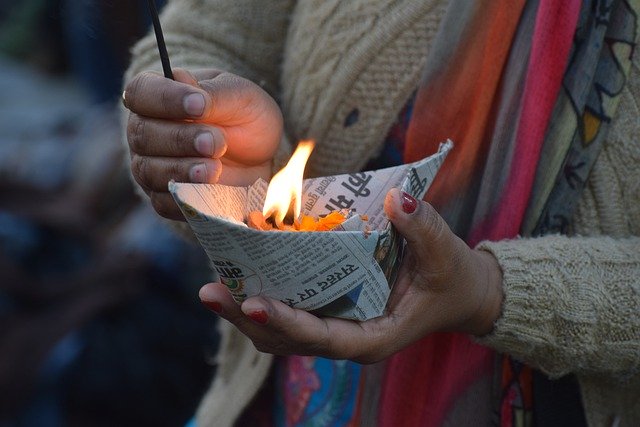
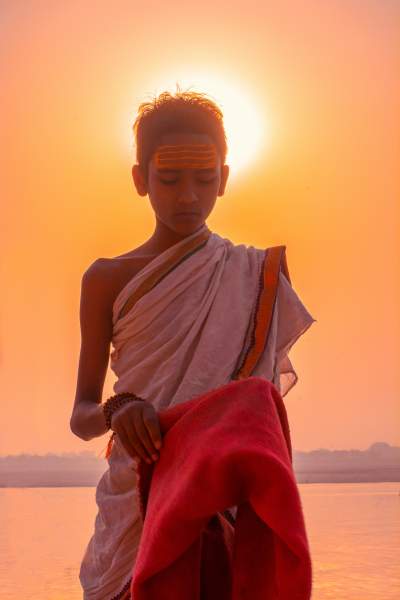

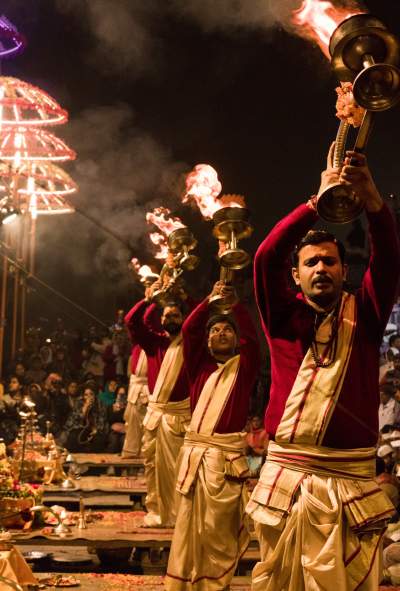
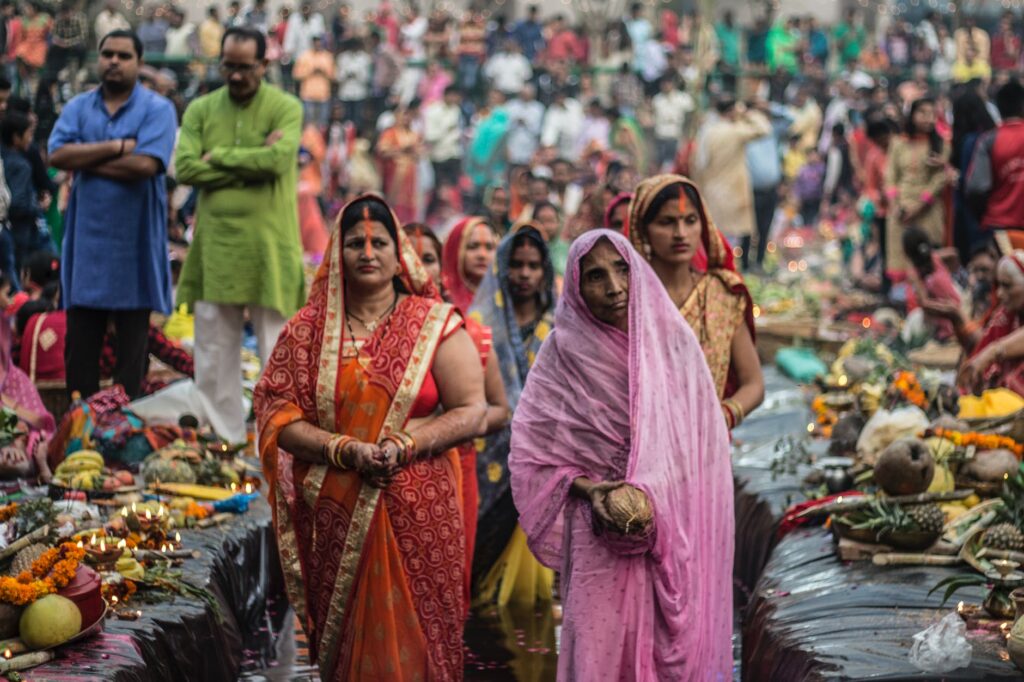
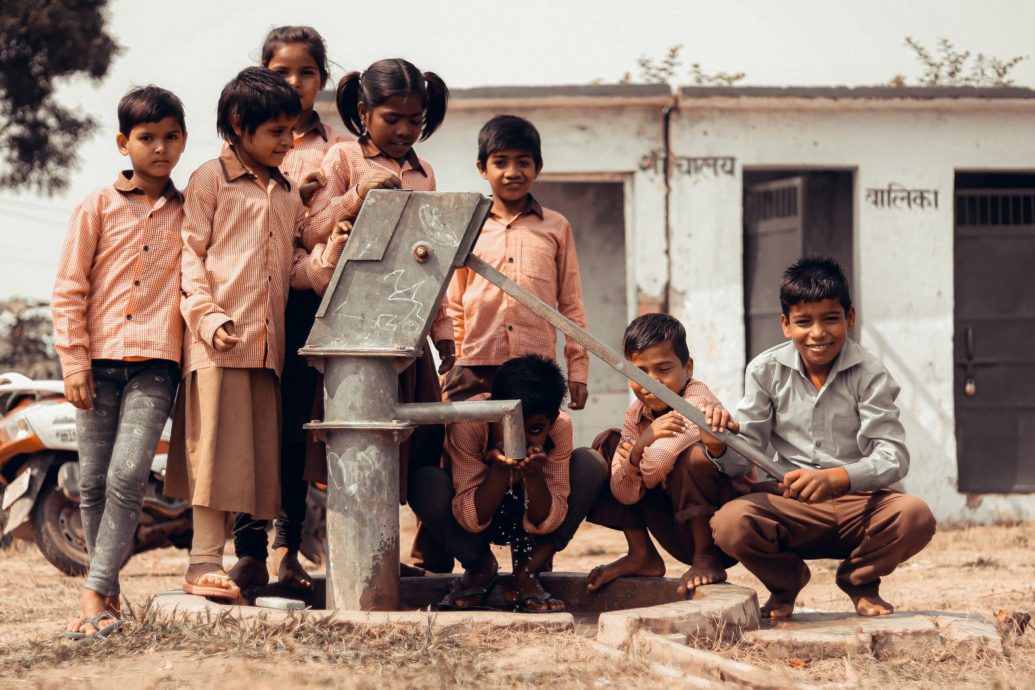




Attractive section of content. I just stumbled upon your site and I actually enjoyed your blog posts. Any way I will be subscribing to your feeds.
Thank you
Outstanding post, you have pointed out some fantastic points, I also believe this s a very great website.
Thank you
I have read a few good stuff here. Certainly worth bookmarking for revisiting. I wonder how much effort you put to create such a fantastic informative website.
Thank you
Please let me know if you’re looking for a author for your weblog. You have some really great articles and I believe I would be a good asset. If you ever want to take some of the load off, I’d absolutely love to write some content for your blog in exchange for a link back to mine. Please shoot me an e-mail if interested. Thanks!
Thank you for the offer